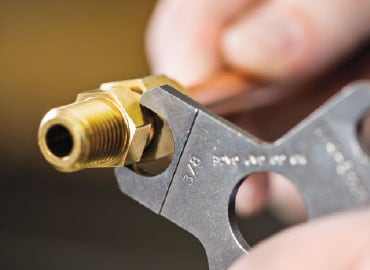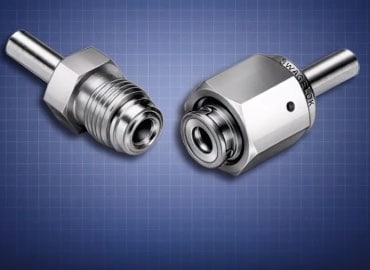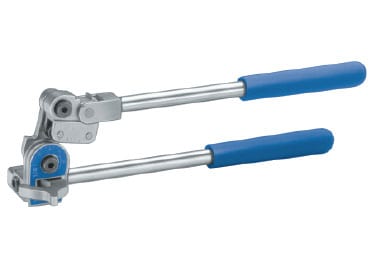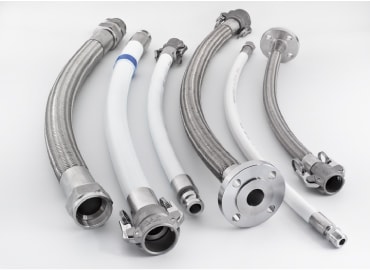Training Programs
1. Swagelok® Tube Fitting Installation
Tube fittings and their usage are seldom given much thought until there is a failure in the system. For most customers a failure is normally defined as a leak. The consequences of a leak can range from a minor inconvenience to a significant event requiring immediate attention and repair. History has demonstrated that by employing the techniques provided in the Tube Fitting Installation Training, most of this leakage can be prevented.
2. VCR® Metal Gasket Face Seal Fitting Installation
Over the last twenty years the Swagelok VCR Metal Gasket Face Seal Fitting has remained the preferred fitting in the semiconductor industry for high-purity gas delivery systems. The fitting must maintain a leak tight seal on the most highly toxic, corrosive and flammable fluids ever developed by man. The fitting must maintain system integrity and purity under a wide range of operating conditions. It must perform reliably in situations where it is reassembled numerous times. Understanding how to optimize the performance of the VCR fitting is the goal of this class.
3. Tube Bending Training
Tube bending, for the most part, is a skill that is normally passed from a craftsman to his apprentice. It is not a skill that is taught in schools or published in textbooks. We offer this class to provide a training resource that demystifies one aspect of fluid system fabrication. Good tube fabrication techniques can improve system performance. Good layout and execution can enhance the aesthetics of a system and reflect on the quality of the product. Knowledgeable, skilled technicians help increase productivity and reduce waste and scrap.
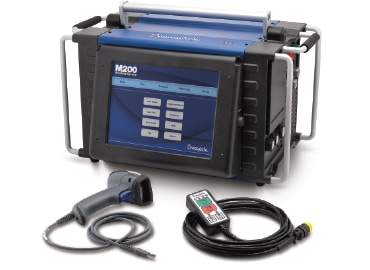
The Swagelok Orbital Weld course is a one-day class that teaches students basic welding principles and the fundamentals of orbital welding. Attendees will learn to set up, operate, and troubleshoot equipment, and critique weld quality. The class features Swagelok's M200 power supply and weld heads, however, the techniques taught in this course can be applied to any automatic gas tungsten arc welding system (GTAW).
5. Hose Essentials Training
Extend your production cycle, ensure safety and lower total cost of ownership by understanding the fundamentals of fluid system hose. Students learn to define common terms pertaining to hoses, describe how to evaluate hose fit for purpose, discuss hose selection variables, list common practices when conducting hose inspections, and discuss best practices for preventative maintenance of hoses.

